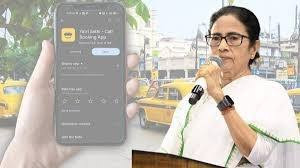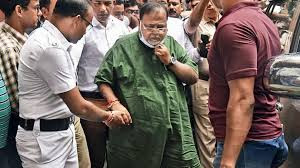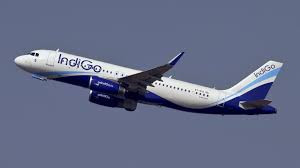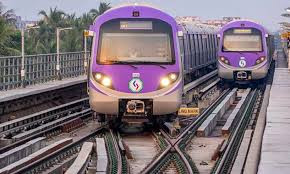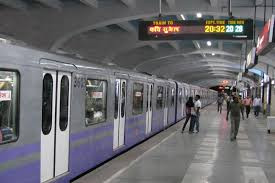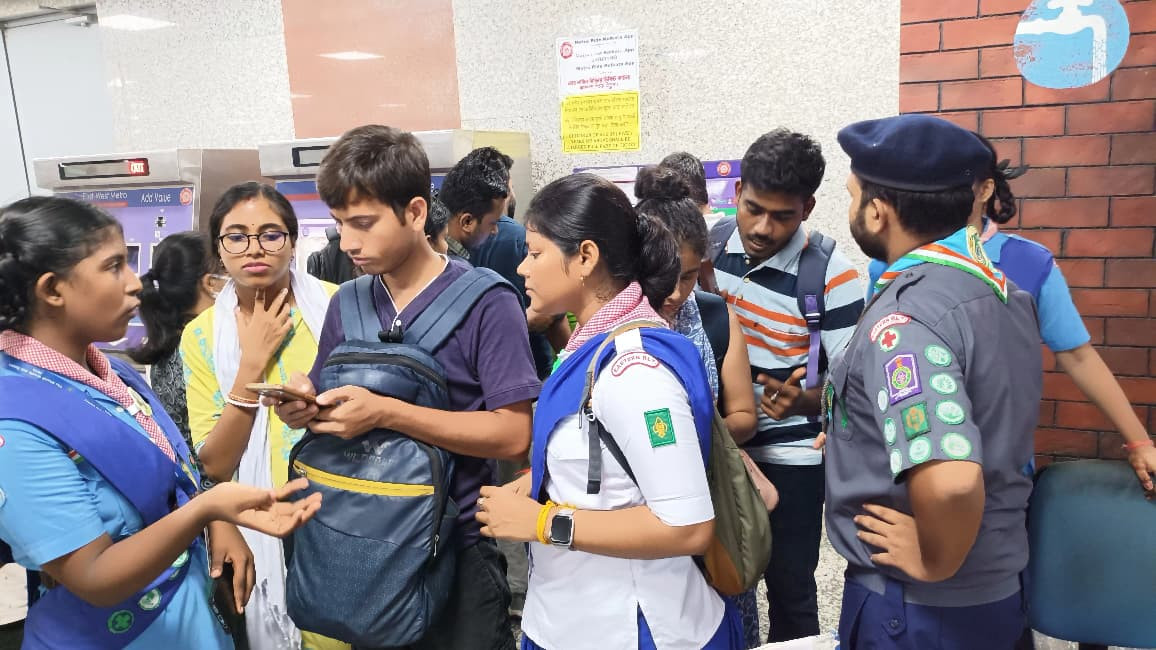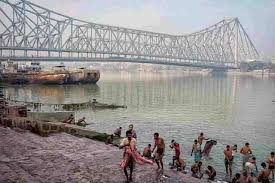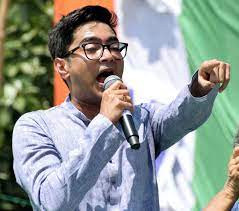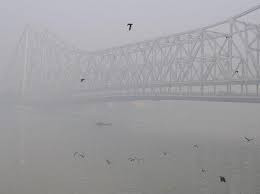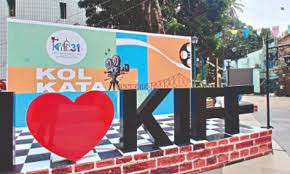Kolkata Metro Plans Major Tunnel Overhaul as Subsidence and Seepage Hit 40-Year-Old Blue Line
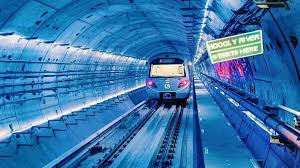
IIE DIGITAL DESK : Kolkata Metro officials have announced an ambitious plan to overhaul the aging tunnel infrastructure of the Blue Line—the city’s original north‑south metro corridor inaugurated over four decades ago. The move comes amid escalating concerns about track subsidence, water seepage, and platform damage occurring within the underground stretch from Tollygunge to Dum Dum.
Certain tunnel sections have visibly sunk, while water intrusion from tunnel walls has damaged the platform surfaces and rail equipment. The combination of structural wear, poor waterproofing, and changing ground conditions—particularly after heavy rains—has rendered certain areas structurally compromised and increasingly unsafe. Metro Railway personnel describe multiple stretches where subsidence has created uneven rail levels and forced repeated maintenance interventions.
Although the Blue Line was built using advanced cut-and-cover methods at the time, its shield tunnelling sections and diaphragm wall-roofed stations were not designed for today’s prolonged use or local soil shifts. Recent inspections revealed rainfall-triggered seepage and structural cracks near Mudiali and Kavi Subhash, including a 3×1 metre diaphragm wall breach during nearby pipeline work—complaints that prompted Metro Railway to demand pipe rerouting from Kolkata Municipal Corporation.
In one of the most serious incidents, Kavi Subhash station—a terminal on the Blue Line—suffered severe subsidence and cracking in four platform columns. Engineers determined the station had been constructed without proper pile foundations, using shallow raft-style foundations unsuited for the slushy Adiganga soil. As a result, the Up platform has been shut for demolition and reconstruction, with the entrance tender issued and a nine‑month rebuild timeframe set.
Compounding the urgency, recent heavy rains caused major tunnel flooding between stations such as Chandni Chowk and Central—forcing truncated services and repeated disruptions that stranded trains and passengers. One disruption lasted over an hour between Maidan and Tollygunge, putting pressure on Metro authorities to consider broad structural repairs.
The cumulative effect of these issues has compelled Metro Railway to draft plans for a full tunnel overhaul. The project aims to address sagging track alignments, waterproofing upgrades, and platform restoration across critical sections of the Blue Line. Officials emphasize that only comprehensive rehabilitation—not piecemeal fixes—can ensure long-term safety across the aging network.
Commuters have long voiced concerns over outdated infrastructure, frequent delays, and limited system capacity. With the Blue Line carrying over 600,000 daily riders, reliability issues during monsoons and infrastructure failures have amplified public frustration. Experts and users alike now call for Metro to expand train frequency, modernize facilities, and prioritize demanding repairs.
Looking ahead, Metro Railway anticipates disruptions during construction work, particularly near Kavi Subhash, where services are already truncated. Alternatives such as shuttle services and service segmentation may become necessary to maintain connectivity during the repair period. Officials emphasize that systematic reconstruction—though disruptive—is less risky than operating on a degraded structure.
The Blue Line is Kolkata’s oldest metro corridor and a vital lifeline for commuting masses. Over four decades of wear, shifting geology, and recent extreme weather have exposed weaknesses that cannot be ignored. The proposed tunnel overhaul marks a turning point: legacy infrastructure must either be upgraded to modern safety standards or face further service risks.
If implemented on schedule with rigorous engineering oversight, the overhaul could safeguard reliability for decades more. But timelines, budgets, and coordinated execution between Metro Railway and city bodies like KMC will be critical. For now, Kolkata’s north-south metro corridor faces not just a maintenance challenge—but a structural rebirth.
You might also like!


